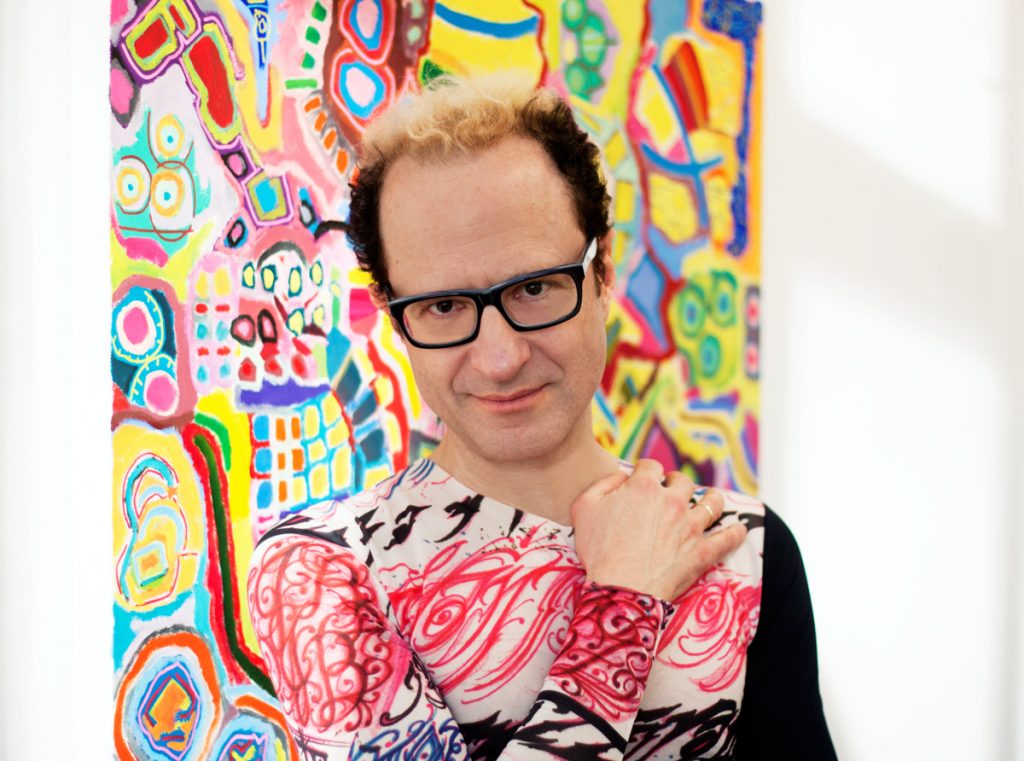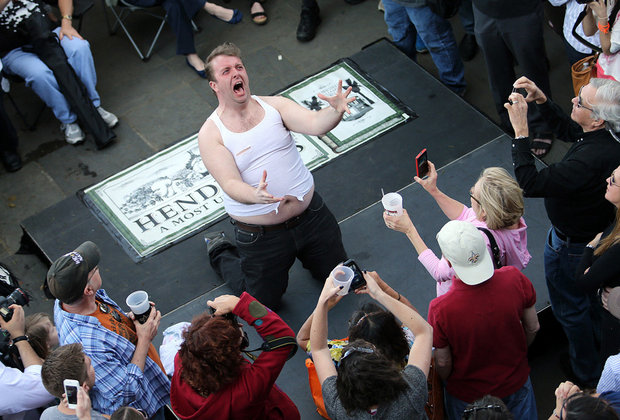Excerpts and curios from around the web:
Everyone knows that if you want to kindle a meaningful dialogue about art and intertextuality, you’ve got to put on your troll hat and hit the mean streets of Twitter. That’s how Professor Holger Syme got his point across while live-tweeting his reactions to Sir Brian Vicker’s book, The One King Lear, a text that argues for a blended version of the 1608 Quarto and 1623 Folio. As Alison Flood writes for The Guardian: “Rather than sounding off in the letters pages of the Times Literary Supplement, a professor at the University of Toronto has taken to the less genteel world of Twitter to unleash an extraordinary tirade of more than 500 tweets attacking a new book on King Lear. … Syme told the Times Higher Education that reading the book was a ‘dismaying experience’ that went against his ‘scholarly convictions and principles.’ Vickers responded that he had ‘lived’ with Lear for more than 50 years and that it took him three years to write the book, which has been anonymously peer reviewed twice by scholars.”
Rebecca Schiff’s recent interview with Emma Winsor Wood for The Rumpus tackles the question of whether the stories in Schiff’s acclaimed debut collection, The Bed Moved, deliberately gesture toward satire or the political.  “I’m not interested in writing a story that can be read as direct political allegory,” says Schiff, “but since I think and care about politics, it makes its way into the work. … Sometimes I wonder whether being a feminist and being a fiction writer, whether these two things are in conflict, whether some things about being a fiction writer are in conflict with progressive politics. If you’re tapping into something emotional—even if you’re really left-wing, like I am—you might wind up finding a conservative streak in you. And, as a fiction writer, if I feel like if that’s an important part of the character, I need to let that out, even if it’s not what I ‘officially’ believe. I want my characters to be flawed. One of the flaws might be that a narrator thinks she has certain political beliefs, but might not understand where they come from or what they really mean.”
“I’m not interested in writing a story that can be read as direct political allegory,” says Schiff, “but since I think and care about politics, it makes its way into the work. … Sometimes I wonder whether being a feminist and being a fiction writer, whether these two things are in conflict, whether some things about being a fiction writer are in conflict with progressive politics. If you’re tapping into something emotional—even if you’re really left-wing, like I am—you might wind up finding a conservative streak in you. And, as a fiction writer, if I feel like if that’s an important part of the character, I need to let that out, even if it’s not what I ‘officially’ believe. I want my characters to be flawed. One of the flaws might be that a narrator thinks she has certain political beliefs, but might not understand where they come from or what they really mean.”
I saw The Matrix. You saw The Matrix. Let’s all agree it was crap, all right? And yet the evidence is starting to maybe definitely possibly show that we are, in fact, living in a kind of simulated reality, one conjured not by sentient robots, but by a moon-computer programmed by our far-off future descendants. Joshua Rothman’s recent piece for the New Yorker tackles the plausibility of such a claim, as well as Elon Musk’s enthusiasm for it: “The argument is based on two premises, both of which can be disputed but neither of which are unreasonable. The first is that consciousness can be simulated in a computer, with logic gates standing in for the brain’s synapses and neurotransmitters. (If self-awareness can arise in a lump of neurons, it seems likely that it can thrive in silicon, too.) The second is that advanced civilizations will have access to truly stupendous amounts of computing power. … It stands to reason that such an advanced civilization might use that computing power to run an “ancestor simulation”—essentially, a high-powered version of the video game ‘The Sims,’ focussed on their evolutionary history. The creation of just one such simulated world might strike us as extraordinary, but Bostrom figures that thousands or even millions of ancestor simulations could be run by a single computer in the future. If that’s true, then simulated human consciousnesses could vastly outnumber non-simulated ones, in which case we are far more likely to be living inside a simulation right now than to be living outside of one.”
ICYMI: The grave of Aristotle has been found, a discovery bound to spark more than a few pilgrimages to the resting place of the great philosopher. Why? Because dead men make us feel interesting, and also tall. Because one day we’ll probably read Poetics, and having already visited his bones, it’ll all just click. According to Konstantinos Sismanidis, the Greek archaeologist in charge of the dig, the tomb was located in Aristotle’s birthplace, the ancient village of Stagira. “Although the evidence of whose tomb it was is circumstantial,” writes Niki Kitsantonis for the New York Times, “several characteristics–its location and panoramic view; its positioning at the center of a square marble floor; and the time of its construction, estimated to be at the very beginning of the Hellenistic period, which started after the death of Aristotle’s most famous student, Alexander the Great, in 323 B.C.—‘all lead to the conclusion that the remains of the arched structure are part of what was once the tomb-shrine of Aristotle.’”
Speaking of pilgrimages, S.J. Pearce writes in a piece for the Los Angeles Review of Books about dropping in on the grave of Cervantes at the Convent of the Discalced Trinitarians in Madrid, where she was chased from the site by an irate groundskeeper.  She goes on to question the value of visiting an author’s mortal remains, writing, “The tension between the corpse of the author and his corpus of writings has played out publicly over the last year, dovetailing with the forensic exhumation of Cervantes’s grave in anticipation of the 400th anniversary of his death this spring. It is, tragicomically, at once an act of violence against and greatest surety of his literary legacy. … This is not to say that Cervantes the man took any less credit than he deserved for authorship of the novel, only that he recognized that it was his literary characters and not his own character that mattered. Even though his name is attached to the book’s narrator, Cervantes goes to great lengths to tell us that his body does not matter.”
She goes on to question the value of visiting an author’s mortal remains, writing, “The tension between the corpse of the author and his corpus of writings has played out publicly over the last year, dovetailing with the forensic exhumation of Cervantes’s grave in anticipation of the 400th anniversary of his death this spring. It is, tragicomically, at once an act of violence against and greatest surety of his literary legacy. … This is not to say that Cervantes the man took any less credit than he deserved for authorship of the novel, only that he recognized that it was his literary characters and not his own character that mattered. Even though his name is attached to the book’s narrator, Cervantes goes to great lengths to tell us that his body does not matter.”
Lead Image: John Gielgud in a 1955 production of King Lear, with costumes by Isamu Noguchi.




